Artificial Intelligence (AI) Technology is no longer a far-off fantasy. It’s here, woven into the very fabric of our daily lives—from the way we search for information to how we drive, shop, learn, and even express creativity. But as powerful and promising as AI Technology is, its rise brings with it important questions, human concerns, and massive opportunities. So, let’s take a moment not just to marvel at the tech, but to understand how AI is reshaping our world in very real, very human ways.
READ MORE : https://digitalmohit.co.in/
From Science Fiction to Everyday Life
A decade ago, AI was still largely considered something for tech enthusiasts or Silicon Valley insiders. Today, you might talk to AI Technology more than you realize. That friendly voice giving you weather updates? AI. The app recommending your next binge-watch? AI. The chatbot helping you with customer service at 2 a.m.? AI again.
What’s striking is how seamlessly it has entered our lives. Like electricity or the internet, AI is becoming an invisible infrastructure—powering apps, automating workflows, and turning data into decisions.
READ MORE : https://digitalmohit.co.in/category/technology/
The Tech Behind the Curtain
Let’s demystify it a little. AI isn’t one thing; it’s a family of technologies that include:
- Machine Learning (ML): Systems that learn from data and improve over time without being explicitly programmed.
- Natural Language Processing (NLP): How machines understand and generate human language (like what you’re reading now).
- Computer Vision: Enabling machines to “see” and interpret visual information.
- Generative AI: Tools like ChatGPT, DALL·E, and Sora that can create new content—text, images, video—from prompts.
These systems rely on massive amounts of data and computational power to function. And thanks to breakthroughs in cloud computing and algorithm design, they’re getting smarter by the day.
Humanized AI: More Than Just Code
One of the most compelling trends is how AI is being “humanized”—designed to understand, mimic, and respond to human emotions and behavior. This is where AI stops being cold and robotic and starts becoming genuinely relatable.
We now have AI tools that can:
- Write emails with emotional intelligence.
- Compose music tailored to your mood.
- Provide mental health support with empathy.
- Translate languages with cultural nuance.
This shift isn’t just technological—it’s deeply human. We’re teaching machines not just to calculate, but to connect.
AI at Work: Disruption or Opportunity?
There’s no sugarcoating it: AI is changing the job landscape. Some tasks are being automated, and entire roles may be redefined. But that’s only one side of the story.
The truth is, AI augments humans as much as it replaces tasks. Here’s how:
- Creatives use AI for brainstorming, editing, and design.
- Marketers use AI for audience targeting and content generation.
- Developers use AI-assisted coding tools like GitHub Copilot.
- Doctors use AI for diagnostics and treatment planning.
Rather than fearing replacement, we should think about reskilling and upskilling. The winners of the AI era won’t be those who resist it—but those who learn to work with it.
Ethical Questions and the Human Cost
Of course, AI isn’t without its controversies. With great power comes great responsibility, and we must address real concerns:
- Bias: AI systems can perpetuate or even amplify social biases.
- Privacy: Who owns your data? How is it used?
- Transparency: Can we understand how AI makes decisions?
- Autonomy: Should machines be making life-altering choices?
These aren’t just tech issues—they’re societal ones. They require collaboration across industries, cultures, and governments to ensure AI is built for everyone.
What’s Next? A Glimpse into the Future
So where are we headed?
- AI + Human Creativity: We’ll see more co-creation between humans and AI—films, books, art, even scientific research.
- Hyper-Personalization: Every digital experience will be tailor-made, powered by AI insights.
- AI for Good: From climate modeling to disaster relief, AI will play a bigger role in solving global challenges.
- AI Legislation: Expect more legal frameworks, like the EU AI Act, to shape how AI is developed and deployed.
But perhaps most excitingly, the next frontier is not just about building smarter machines—it’s about becoming smarter humans through AI.
Final Thoughts: It’s Not Just About the Tech
AI is a mirror. It reflects our values, our intentions, our creativity—and yes, even our flaws. As we build machines that think, we must also think deeply about what kind of world we want to create.
So let’s stay curious, stay critical, and most importantly—stay human.
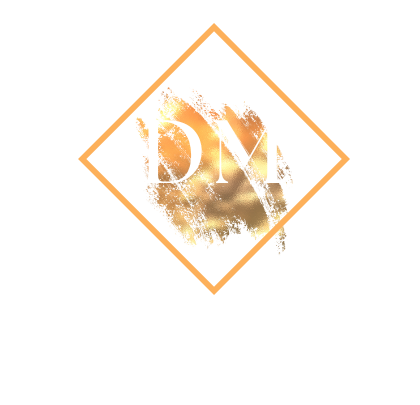
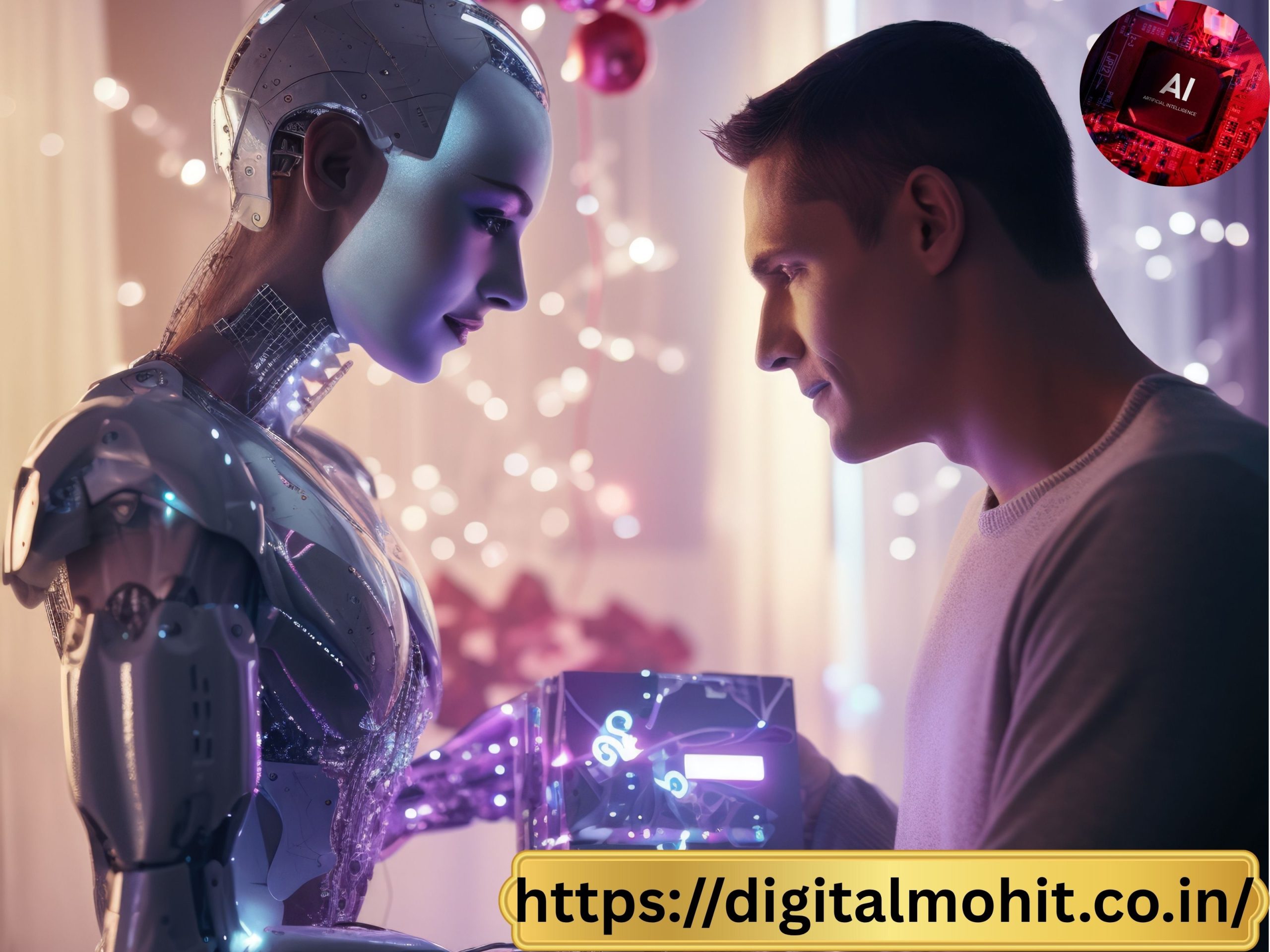




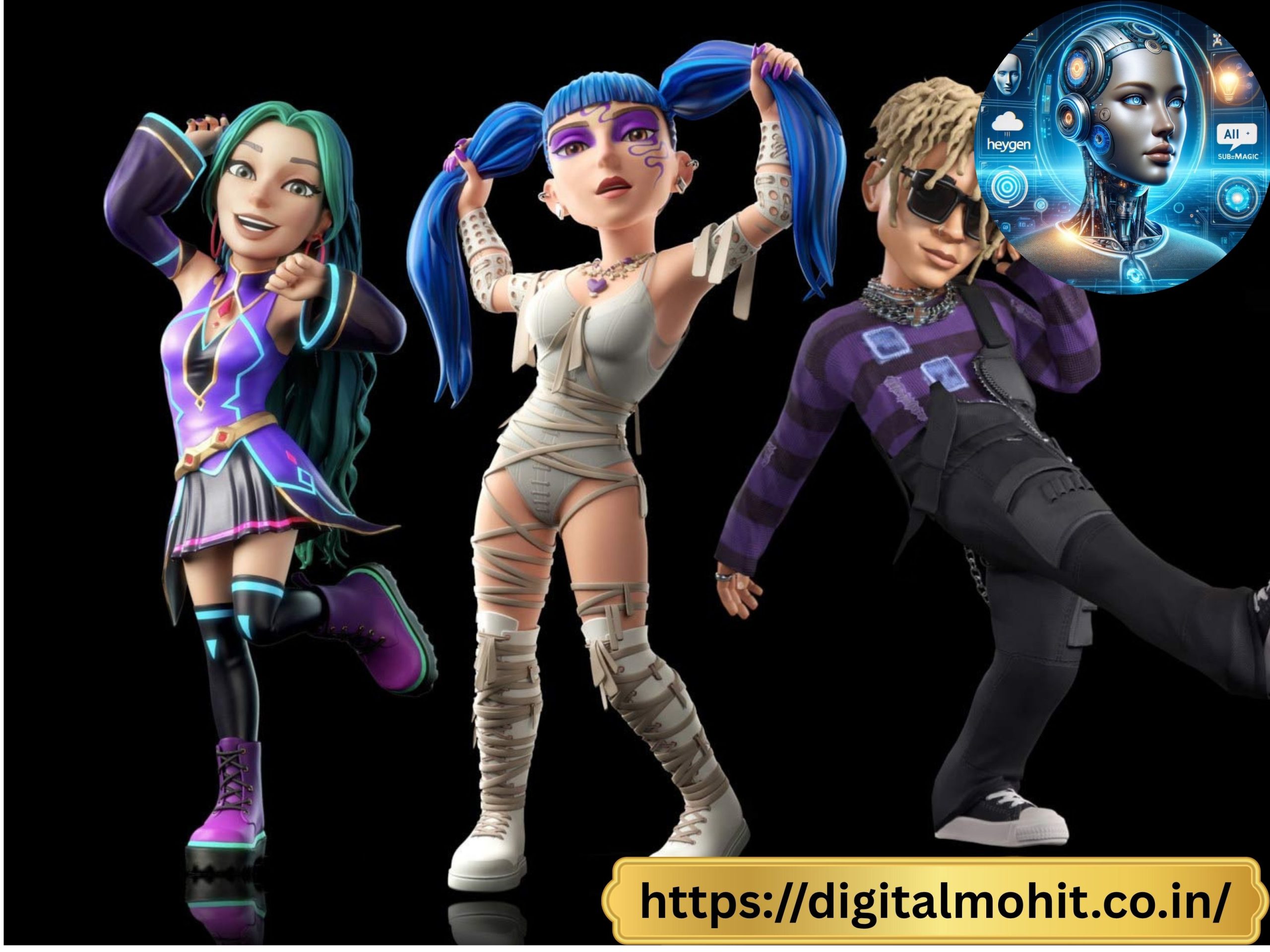

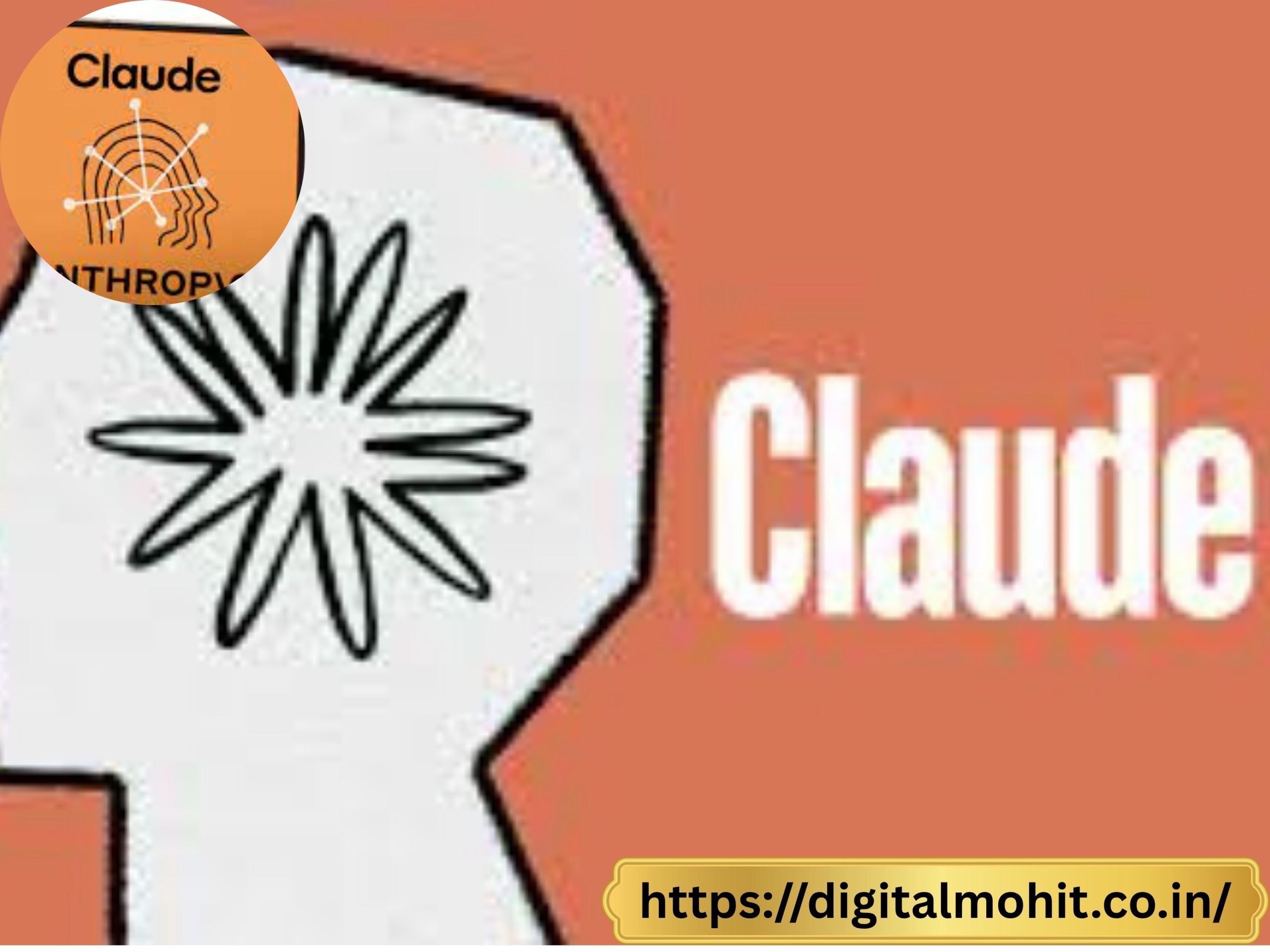

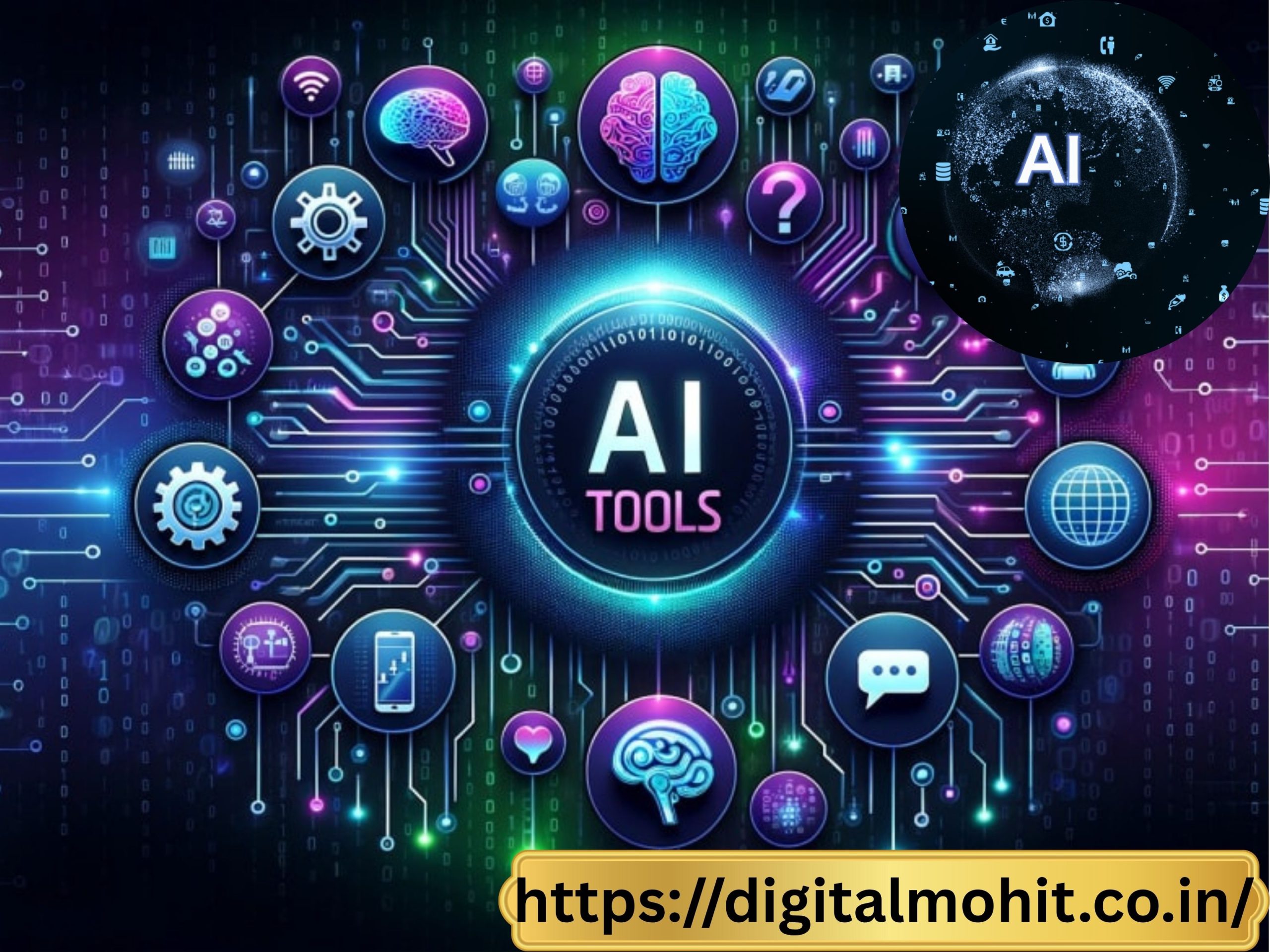
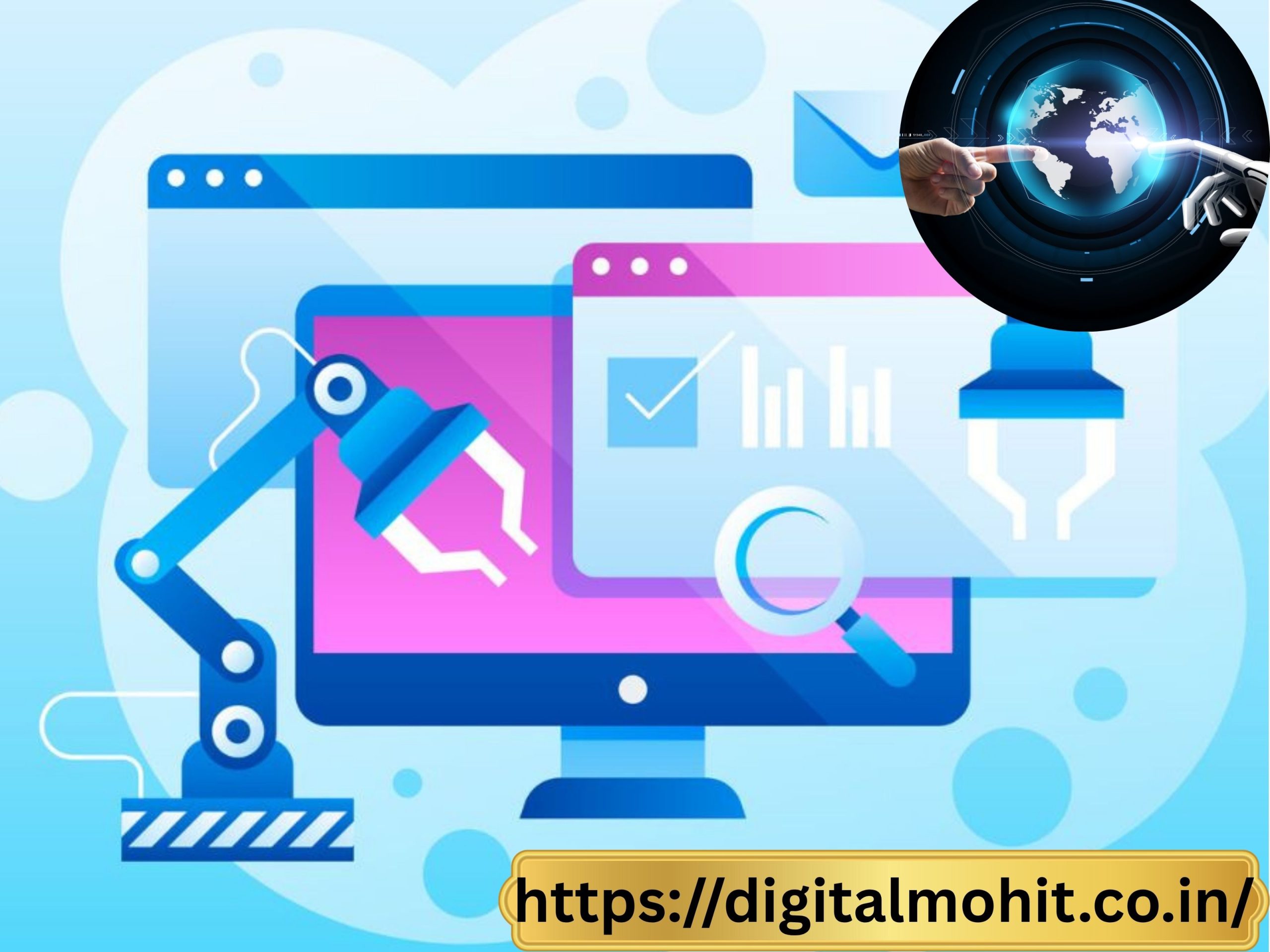




Leave a Reply